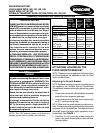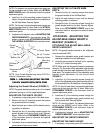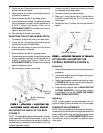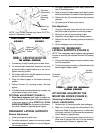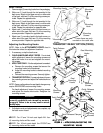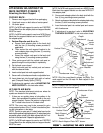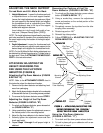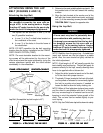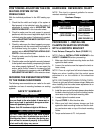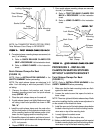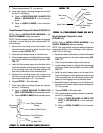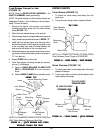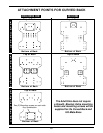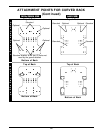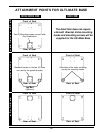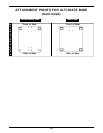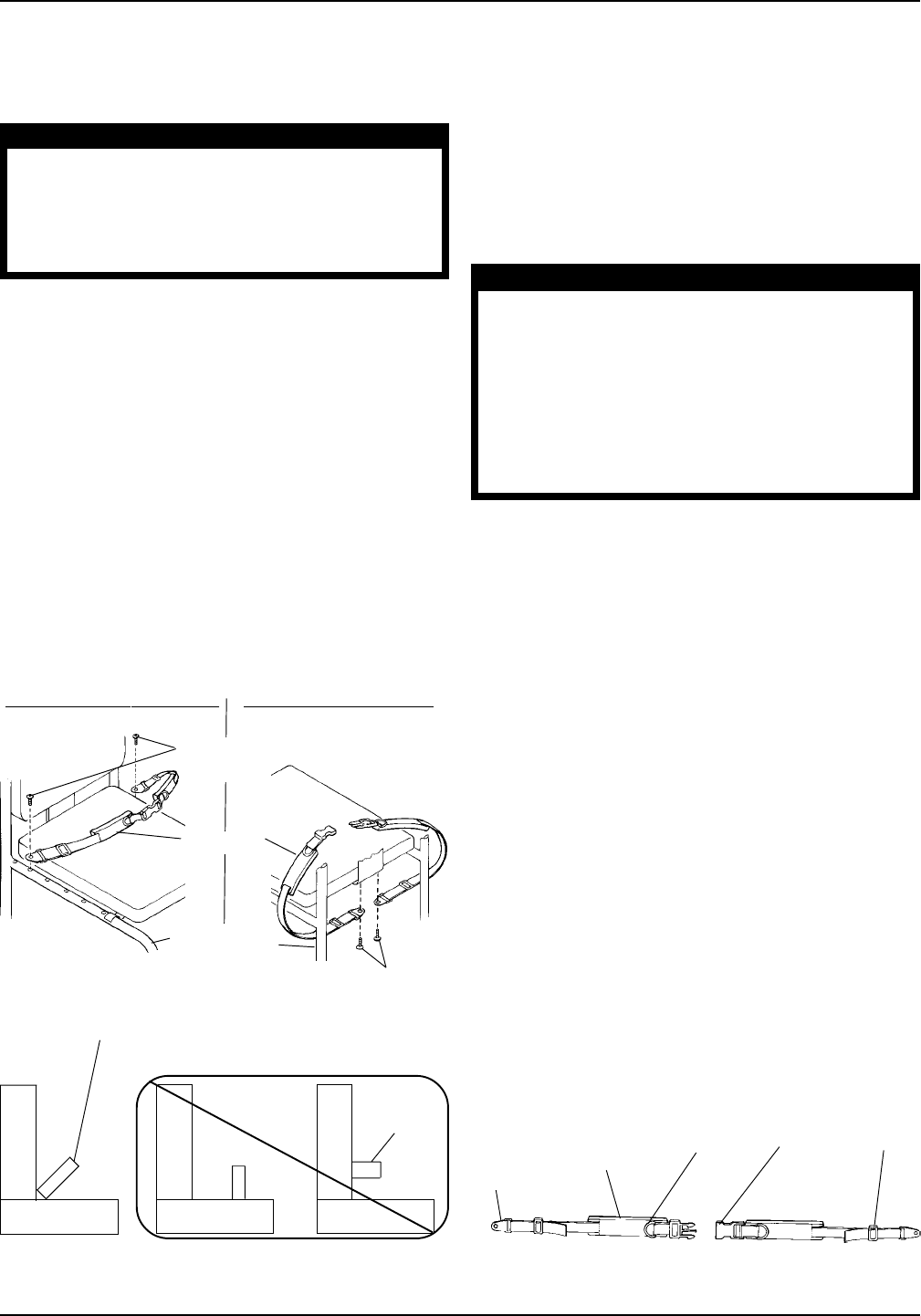
8
ATTACHING/USING THE LAP
BELT (FIGURES 9 AND 10)
Attaching the Lap Belt
WARNING
It is strongly recommended that the lap belt
be strapped across the hip area with an
angle of 45
o
to the seating surface. Angles
less than 45
o
make it easier for the user to slip
under the belt if it is improperly tightened.
1. The lap belt can be anchored in one (1) of the
two (2) possible locations:
a. In one (1) of the T-nutted holes located on
the underside of the seat.
b. In one (1) of the holes in the side frame of
the wheelchair.
NOTE: DO NOT reposition the lap belt mounting
location from the factory installation on the TRANS-
PORT READY OPTION (TRRO).
NOTE: The most desirable location for the mount-
ing screws will be determined by the size of the
client involved and the angle achieved by trying the
various attachment points with the client seated
comfortably in the wheelchair.
SEASEA
SEASEA
SEA
T T
T T
T
ATTATT
ATTATT
ATT
AA
AA
A
CHMENTCHMENT
CHMENTCHMENT
CHMENT
FRAME FRAME
FRAME FRAME
FRAME
ATTATT
ATTATT
ATT
AA
AA
A
CHMENTCHMENT
CHMENTCHMENT
CHMENT
FIGURE 9 - FIGURE 9 -
FIGURE 9 - FIGURE 9 -
FIGURE 9 -
AA
AA
A
TTTT
TTTT
TT
AA
AA
A
CHING CHING
CHING CHING
CHING
THE LAP BELTHE LAP BEL
THE LAP BELTHE LAP BEL
THE LAP BEL
TT
TT
T
Seat
B
a
c
k
Seat
B
a
c
k
Seat
45
o
Lap
Belt
B
a
c
k
Mounting Screws
Lap Belt
Mounting
Screws
Wheelchair
Frame
Lap Belt (Acceptable lap belt angle is 45
o
)
2. Determine the most suitable attachment point. Put
the padded side of the belt toward the seating
surface.
3. Align the hole located at the anchor end of the
belt with the chosen attachment point and insert
one (1) of the mounting screws provided. HAND
TIGHTEN ONLY. Repeat for opposite side.
Using the Lap Belt
WARNING
Ensure that the seat is fixed to the wheelchair.
A loose seat may lead to potentially dan-
gerous situations with positioning devices.
It is strongly recommended that the lap belt
be strapped across the hip area with an
angle of 45
o
to the seating surface. Angles
less than 45
o
make it easier for the user to slip
under the belt if it is improperly tightened.
NOTE: Stabilize from the ground up. A stable base
(seat) and footrest are the first steps to a stable
pelvis. Also, the user should be lightly clothed for
the initial adjustment.
NOTE: A belt angle of 45
o
will usually provide the
best stability and positioning. The belt will apply its
pressure directly to the hips, usually allowing more
force to be applied without discomfort.
1. Adjust the slide, located at each end of the belt,
to fit the client with proper tension.
2. The plastic D-rings, located at the front of the belt,
can be pulled or released to conveniently tighten
the belt to provide extra tension if needed or
loosen the belt to allow for bulky clothing, etc.
NOTE: When all final adjustments have been made
and the client is comfortable with the fit of the lap
belt, any excess lengths of material can be cut off,
keeping in mind the potential future growth of the
client. The cut end can be melted slightly to pre-
vent fraying.
NOTE: Only the Child/Junior lap belt is shown for clarity.
D-Rings
Padded
Portion
Slider
Buckle
FIGURE 10 - USING FIGURE 10 - USING
FIGURE 10 - USING FIGURE 10 - USING
FIGURE 10 - USING
THE LAP BELTHE LAP BEL
THE LAP BELTHE LAP BEL
THE LAP BEL
TT
TT
T
Anchor
End



